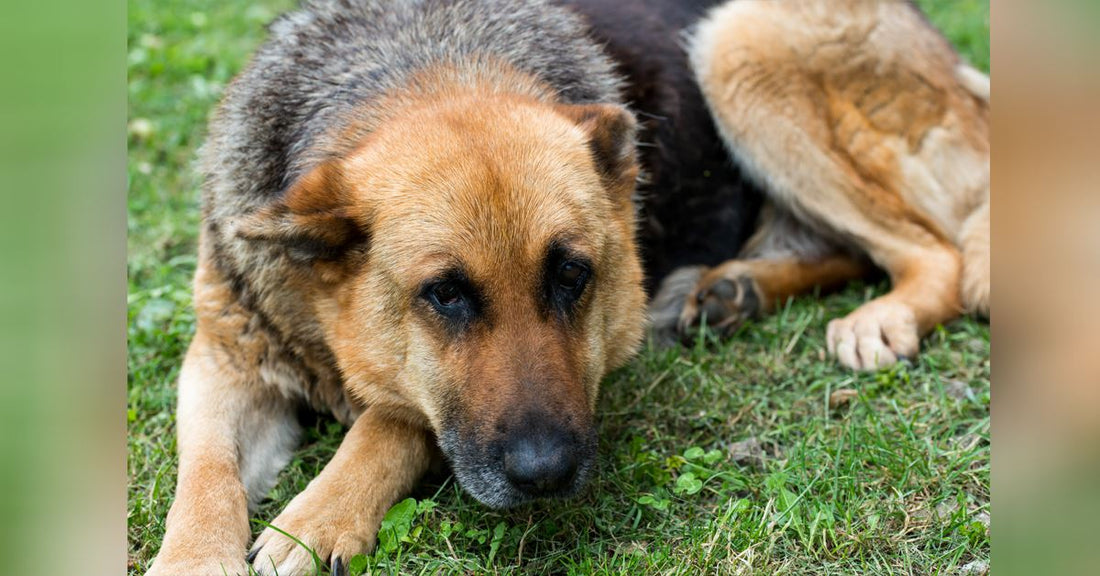7 Surprising Products That Contain The Deadly Xylitol

By now you probably have heard that xylitol is toxic for dogs. However, the scary thing about xylitol is that it sets itself apart from other dangerous foods, such as chocolate and grapes, because there really is no safe amount. Xylitol has the potential to be deadly, even when ingested in small doses.
What is Xylitol?
Xylitol is a sugar free sweetener that is making an appearance in more and more foods. With the popularity of the Keto and other low carbohydrate, low sugar diets, people are looking for more sugar free options and xylitol meets that need.
Xylitol is a sugar alcohol that looks and tastes like sugar. But, make no mistake, it is not sugar and it should be kept far from dogs. Xylitol is actually a colorless or white crystalline solid that is soluble in water. It can be classified as a polyalcohol and a sugar alcohol, specifically an alditol and is included in many grocery store foods and homemade recipes.

How Dangerous is Xylitol?
According to Ahna Brutlag, DVM, Associate Director of Veterinary Services at the Pet Poison Helpline the incidence of dogs being poisoned by xylitol is on the rise and xylitol is dangerous for dogs because:
“Ingesting xylitol causes a rapid and massive insulin release in dogs, which will manifest itself outwardly to a pet owner as acute weakness, staggering, and vomiting. Within 15 to 20 minutes, they might even be comatose, depending on the amount consumed. A dog can also experience liver failure from ingesting xylitol.”

Xylitol Toxicity Symptoms
The incidence of xylitol poisoning has more than doubled in recent years. According to Korinn Saker, associate professor of nutrition at North Carolina State University’s College of Veterinary Medicine:
“Xylitol is toxic to dogs because once consumed it stimulates the pancreas to release insulin. The surge of insulin into the dog’s bloodstream causes hypoglycemia—a profound drop in blood sugar levels that in turn results in weakness, disorientation, tremors, and potentially seizures.”
The symptoms of xylitol poisoning include:
• Weakness
• Lethargy
• Disorientation
• Staggering
• Vomiting
• Tremors
• Seizures
• Coma
• Liver failure
• Death

Looks for these Names on Food Labels:
The ingredient xylitol also goes by other names on ingredient labels. Some brands, like Zapp! mark the label but most brands don’t so you have to read the ingredient list yourself. The ASPCA Animal Poison Control Center warns to be on the lookout for any ingredient that includes the letters “xyl.”
Synonyms for xylitol include:
• 1,4-anhydro-d-xylitol
• Anhydroxylitol
• Birch bark extract
• Birch sugar
• D-xylitol
• Xylite
• Xylitylglucoside
• Zylatol
How to Keep your Dog Safe
The best way to keep your dog protected from accidental poisoning is to keep ALL sugar free foods, personal hygiene items, and medications out of reach. According to the Pet Poison Helpline, 80% of all xylitol poisonings are due to a dog eating gum. You may have even seen some of these heartbreaking stories circulating on social media recently.
If you have friends or relatives who are diabetic or using sugar free products, remind them you have a dog in the house and to be sure any candy, gum, sugar free foods that they may have on them, be placed out of reach where your dog can’t accidently get them.

Everyday Products that contain Xylitol
Some common yet surprising products that contain xylitol include:
1. Baked Goods
• Grocery store products
• Muffins
• Cookies
• Pies
• Cakes
2. Condiments
• Ketchup
• Sauces
• Salad dressings
• Syrups
• Honey
3. Spreads
• Peanut butter
• Nut butters
• PB2
• Jellies
• Jams
4. Grocery Items
• Pudding
• Ice Cream
• Yogurt
• Protein bars
• Protein shakes
• Protein powders
• Drinks
• Candy
• Gum
• Misc. sugar free foods
5. Beverages
• Water
• Sports drinks
• Sugar free drinks
6. Body Care Products*
• Toothpaste
• Mouthwash
• Lotions
• Gels
• Deodorants
• Cosmetics
• Hair care
• Personal lubricants
*Xylitol is used as a humectant, which helps products retain moisture which is why it can be found in some body care products.
7. Medications and Supplements
• Liquids
• Meltaways (second most frequent cause of poisonings)
• Oral
• Medications containing melatonin
• Cough drops
• Lozenges
• Vitamins

There are over 700 common products that contain xylitol. If your pet ingests any, consider it a medical emergency and contact your vet right away. According to VCA Animal Hospital, “do not induce vomiting or give anything orally to your dog unless specifically directed to do so by your veterinarian.”
As soon as possible, contact your vet and the Pet Poison Helpline for assistance because not all products contain the same amount of xylitol. For instance, a dog may eat 6 pieces of sugar free gum by one brand and ingest a higher dose with the same amount gum in another brand.
Many dogs that ingest xylitol end up being hospitalized for a couple days. Typically, Dextrose is administered as soon as possible in order to bring the dog’s blood sugar up. As long as long as the liver appears normal and they are they regain the ability to regulate their blood sugar levels by themselves, dogs are weaned off the dextrose and eventually released.
We hope you find this information helpful. Please keep your pup safe and feel free to share with your friends.
You might also like: What To Do If Your Dog Is Poisoned
























